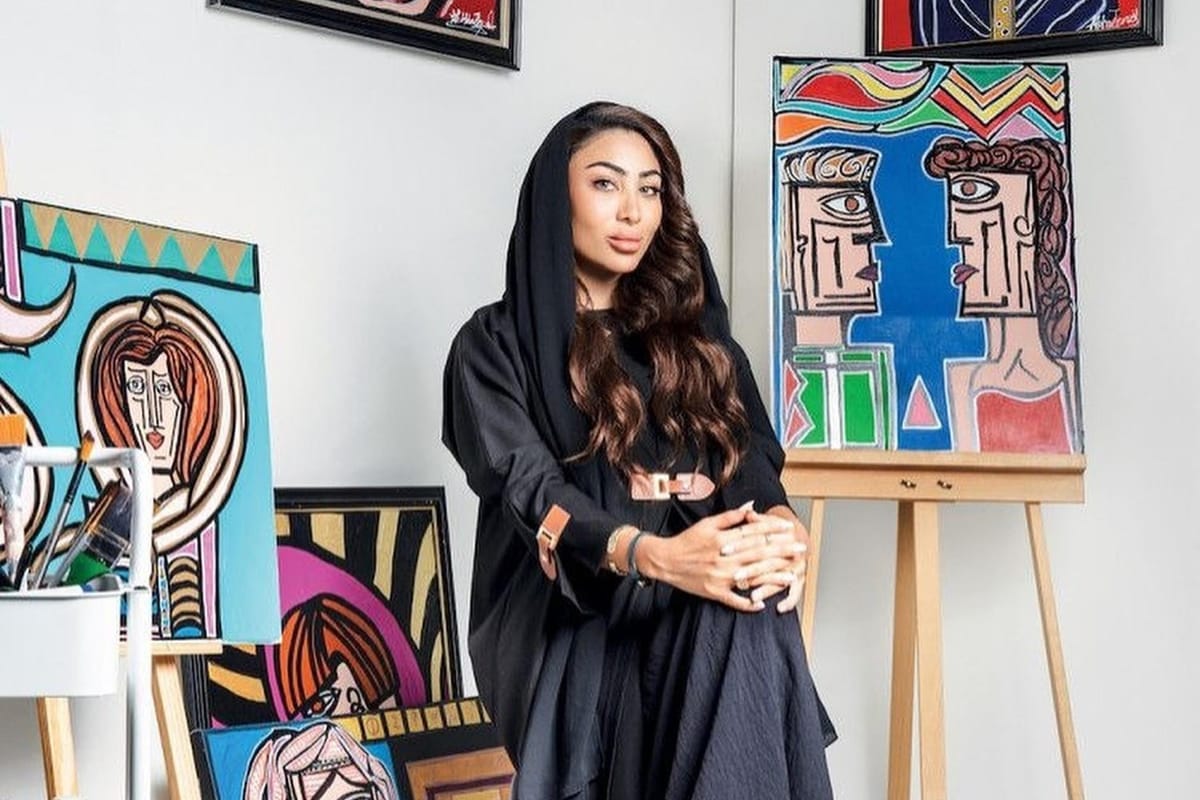
“Art pieces shouldn’t tell you how to think. They should tell you how to feel.”
— Heba Ismail
That belief runs like a current through everything Heba Ismail creates. A Saudi artist born in Jeddah in the 1990s, she transforms emotion into geometry and identity into vivid form. With a foundation in dentistry and a flair for visual storytelling, Ismail straddles two worlds: one of precise control and one of radical expression.

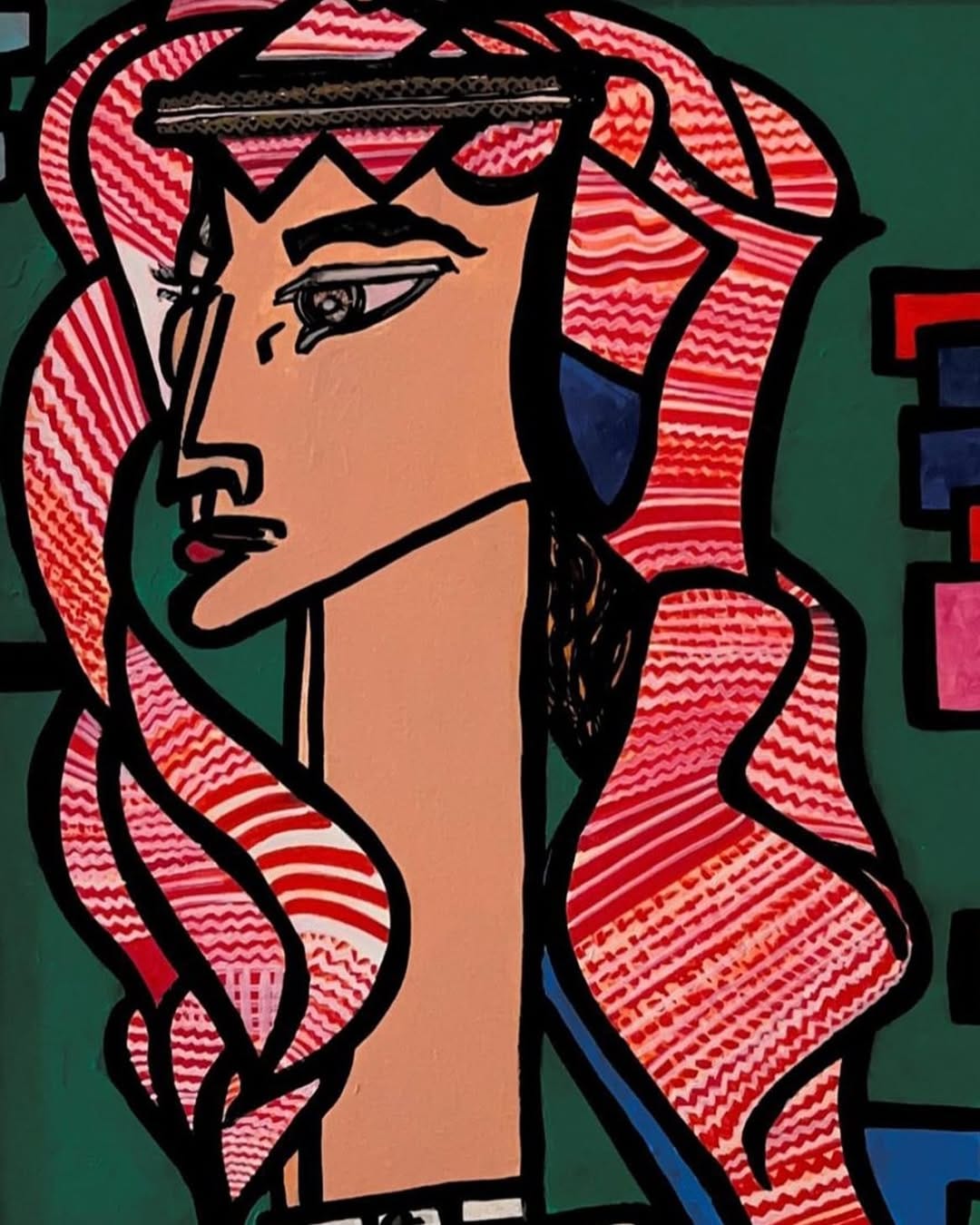
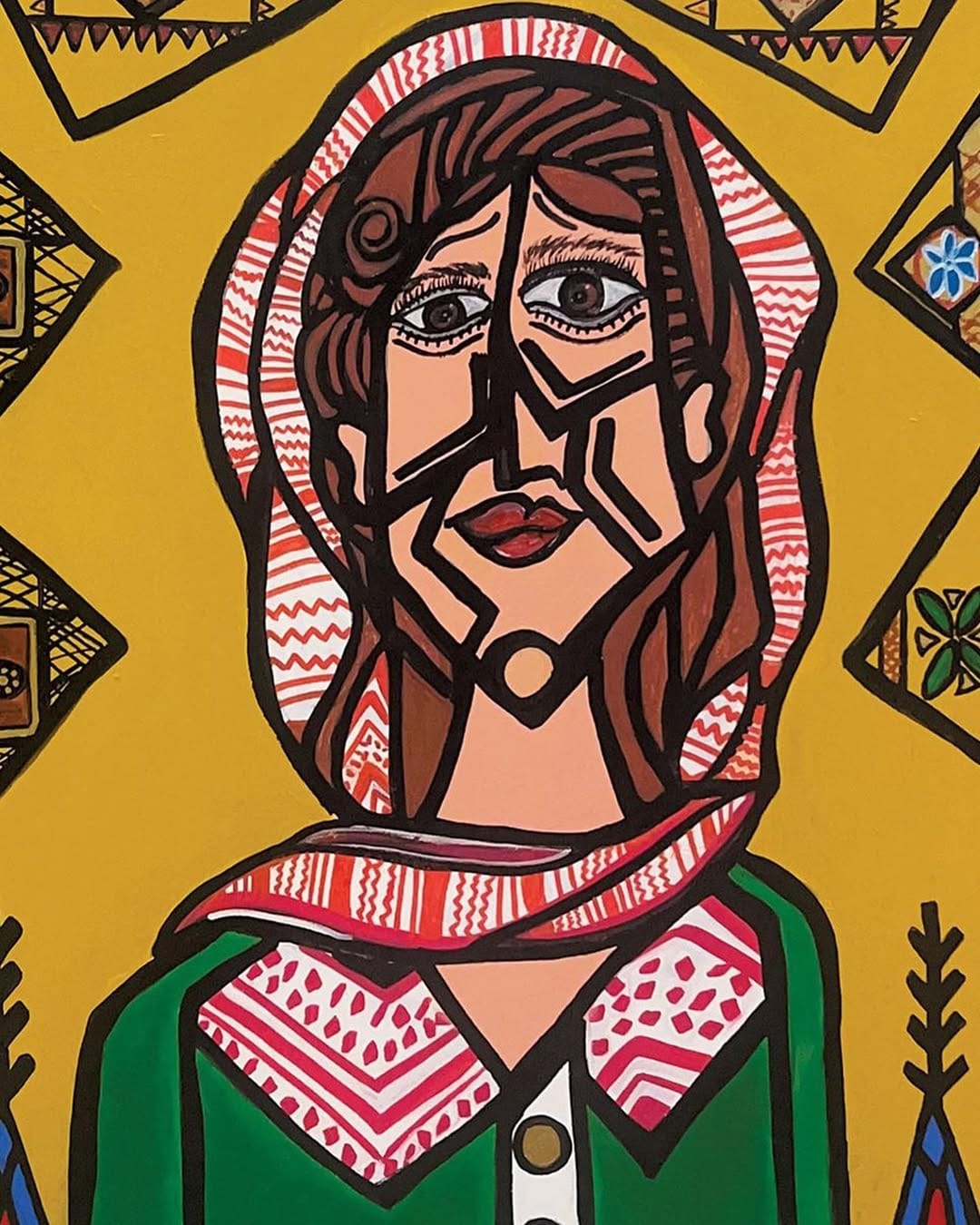
Hebaism: A Language of Feeling
Heba Ismail coined her own artistic term "Hebaism" to describe her distinctive visual language. Her portraits are built from sharp angles, bold palettes, and poetic fragments. Each one captures a state of being rather than a likeness. Sometimes serene, sometimes fractured, her figures reflect personal stories and cultural memories. "I paint poetry," she says, and in Hebaism, faces become metaphors.
Heba Brought Saudi Art to NFTs
In 2021, Heba made a pioneering move by launching her Hebaism NFT series, bridging the gap between traditional and digital art. Each NFT is more than a file. It comes paired with a physical painting, giving collectors a tangible connection to her creative world.
With platforms like OpenSea and Nuqtah, and the backing of ChainVisory, she quickly emerged as a standout voice in Saudi’s NFT scene. The milestone moment arrived in 2024, when her work was showcased at Riyadh’s Outer Edge Innovation Summit, marking a new era for Arab artists in Web3. For Heba, this wasn’t a trend. It was a natural extension of her mission: to make Saudi art seen, felt, and collected globally.

“It’s been an enlightening journey, uncovering the futuristic art process and connecting with a vibrant community through Web3... As a female Saudi artist, I want to leave a mark and impact on every art platform, putting Saudi art on the map worldwide”
— Heba Ismail
Portraits That Speak
Heba Ismail’s art takes the form of characters born from emotion, not reality. Faces emerge from geometric planes and vivid hues, to symbols, moods, and stories. Many carry traces of Saudi life: headscarves, coffee cups, cultural cues, always unique, sometimes surreal.
“I am very proud of my Saudi heritage,” she says. “I see so much beauty in Arab culture in general. I want my work to speak to all Arabs, not just Saudis.” Her emotional depth comes from personal narrative. Some works emerge from trauma, joy, or growth, making each piece a declared diary.
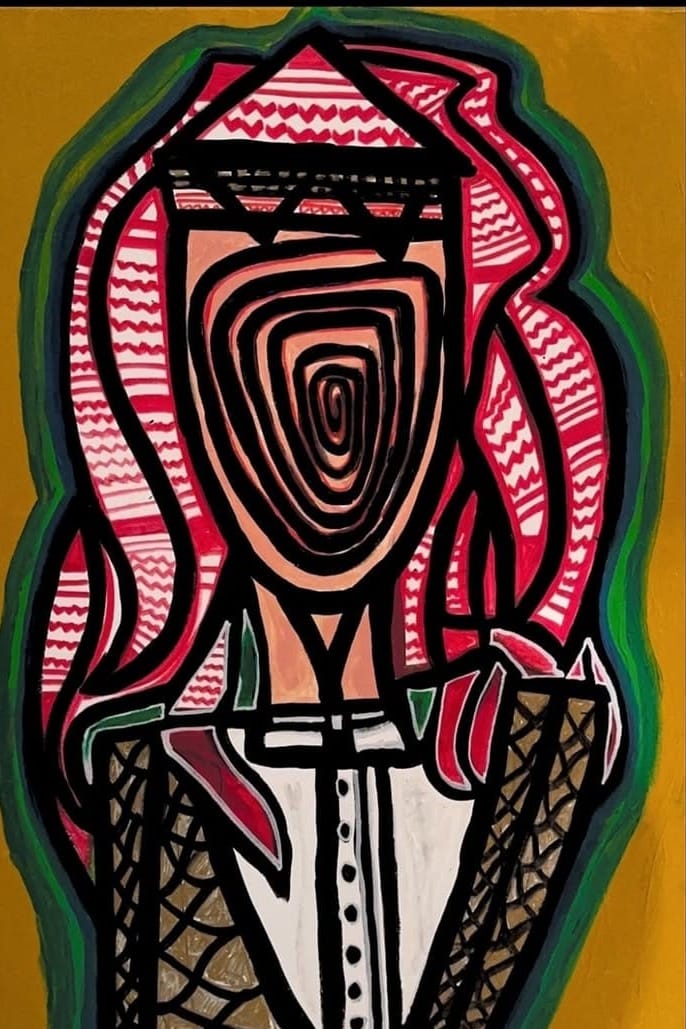
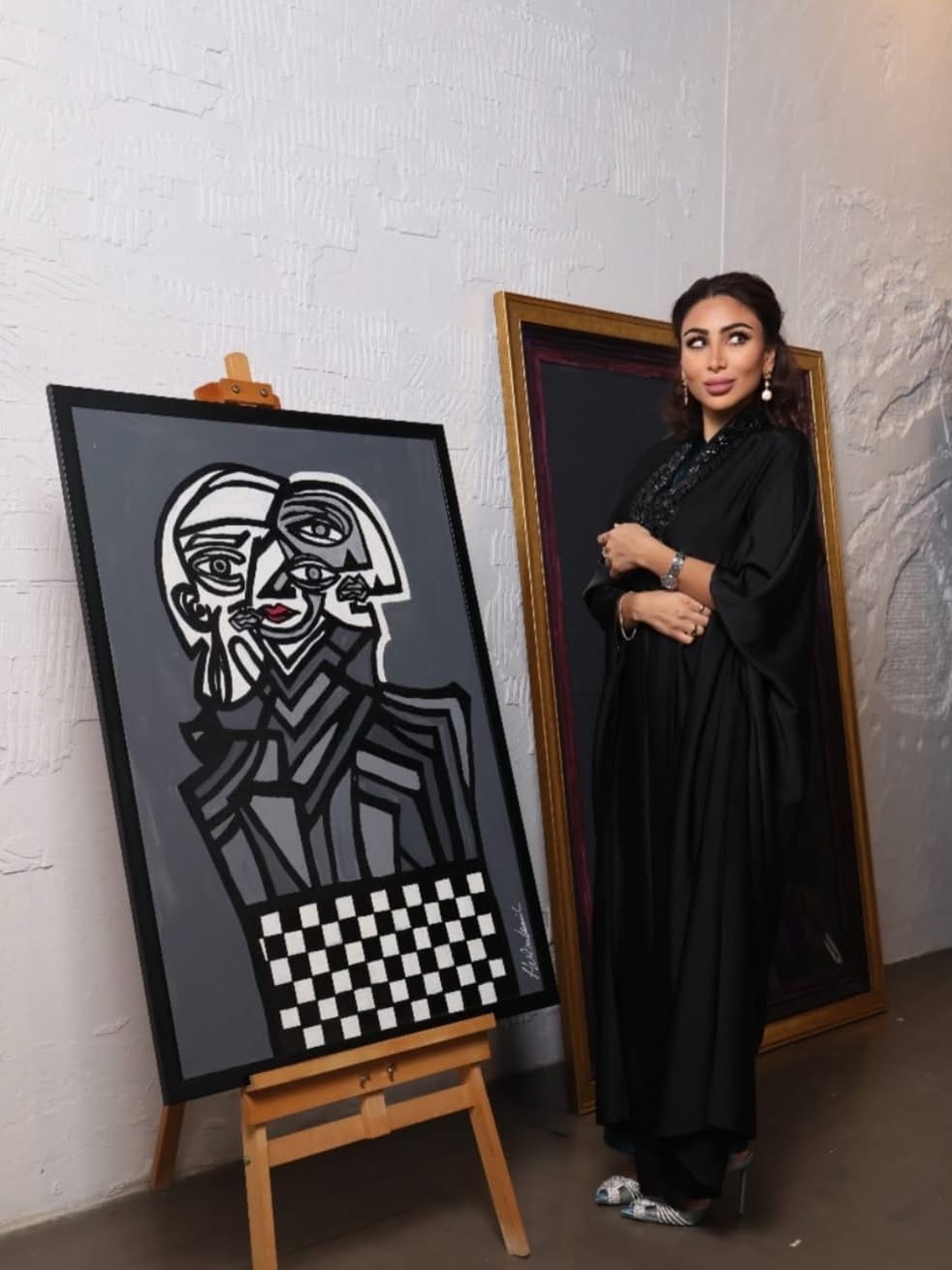
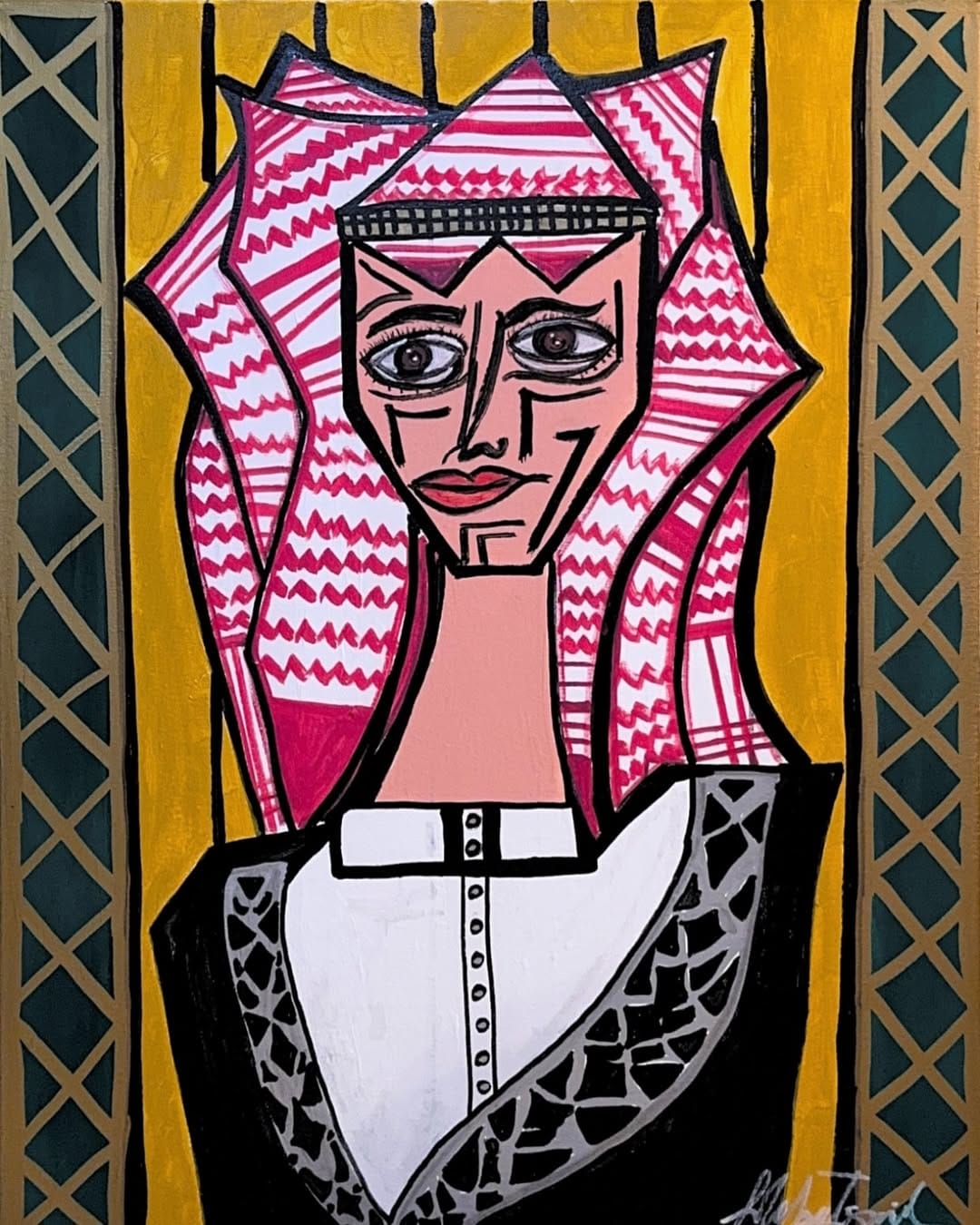
CubiSonic: Where Hebaism Meets Sound
📍 Location: Jeddah
Under the alias @cubisonic, Heba Ismail explores what happens when visual art becomes audible. The project translates her signature portraits into sonic form, blending painted abstraction with experimental soundscapes. Whether through live performances or digital drops, CubiSonic turns Heba’s art into a multi-sensory experience that engages both the eyes and the ears. It’s cubism, remixed.
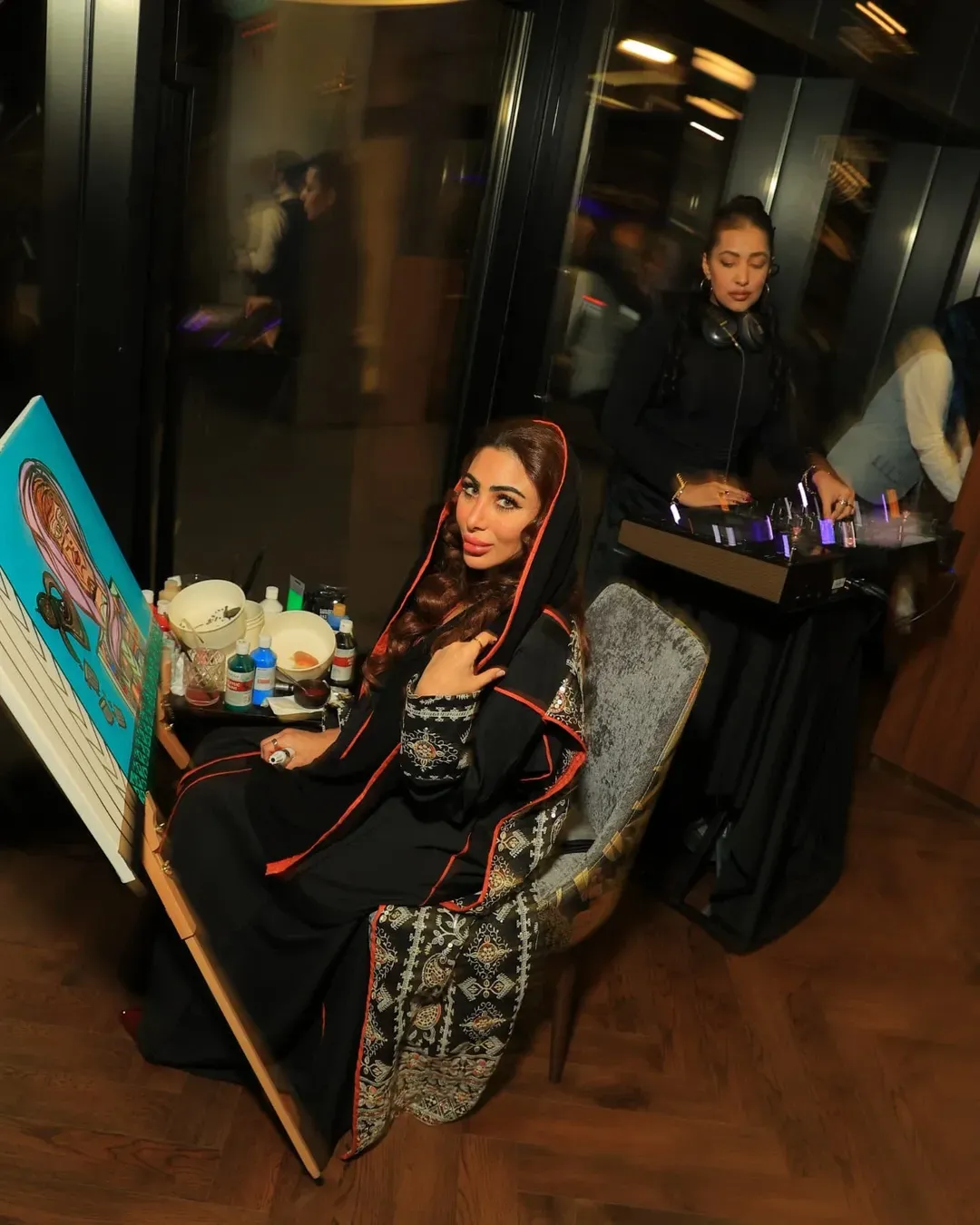
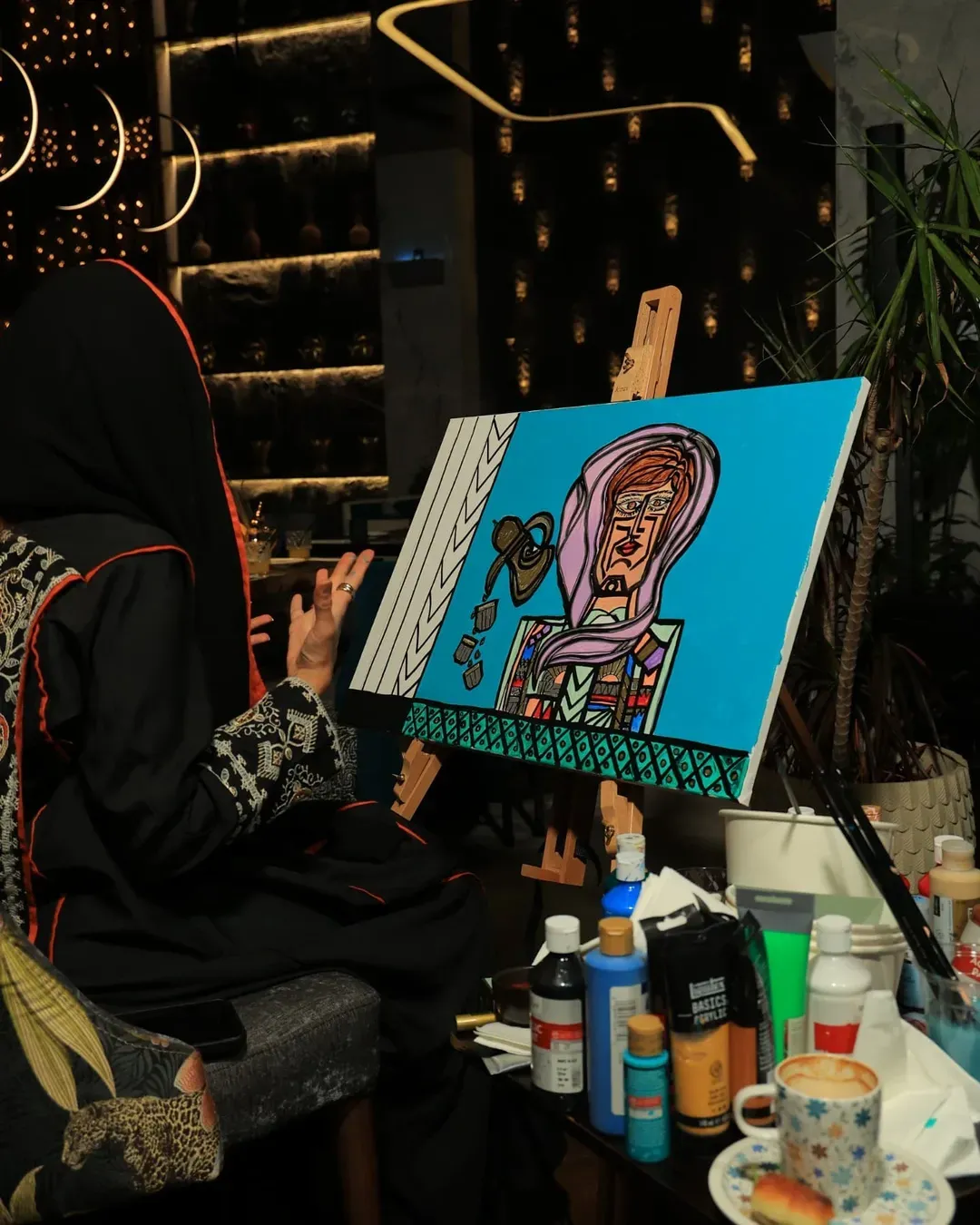
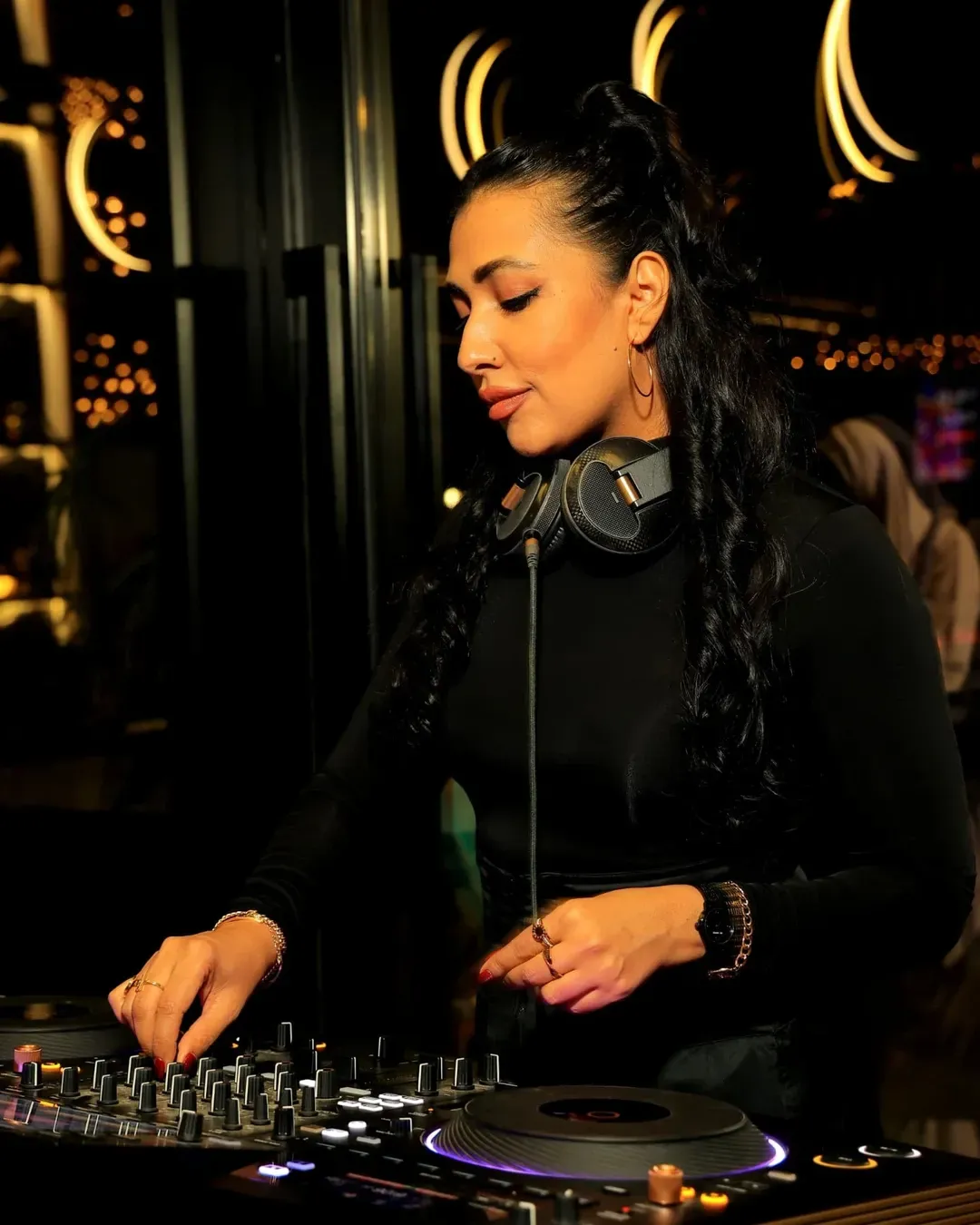
Sensation Collective: Art as an Atmosphere
📍 Location: Jeddah
As a co-founder of Sensation Collective, Heba Ismail brings her aesthetic beyond the canvas into curated spaces and immersive cultural events. The collective merges art, music, food, and design to create environments where every detail tells a story. Through this platform, Heba continues to expand Hebaism into something living and sharable: a mood, a movement, and a moment.
Heba’s Global Vision
Heba’s ambition is global but unapologetically rooted. Her work has been featured in international magazines, acquired by Saudi collectors, and included in notable exhibitions like “Modernity Roots” at Jeddah’s Bilory ArtHaus (Sept–Nov 2025), and luxury collaborations, including with Shein and Kohler Middle East.
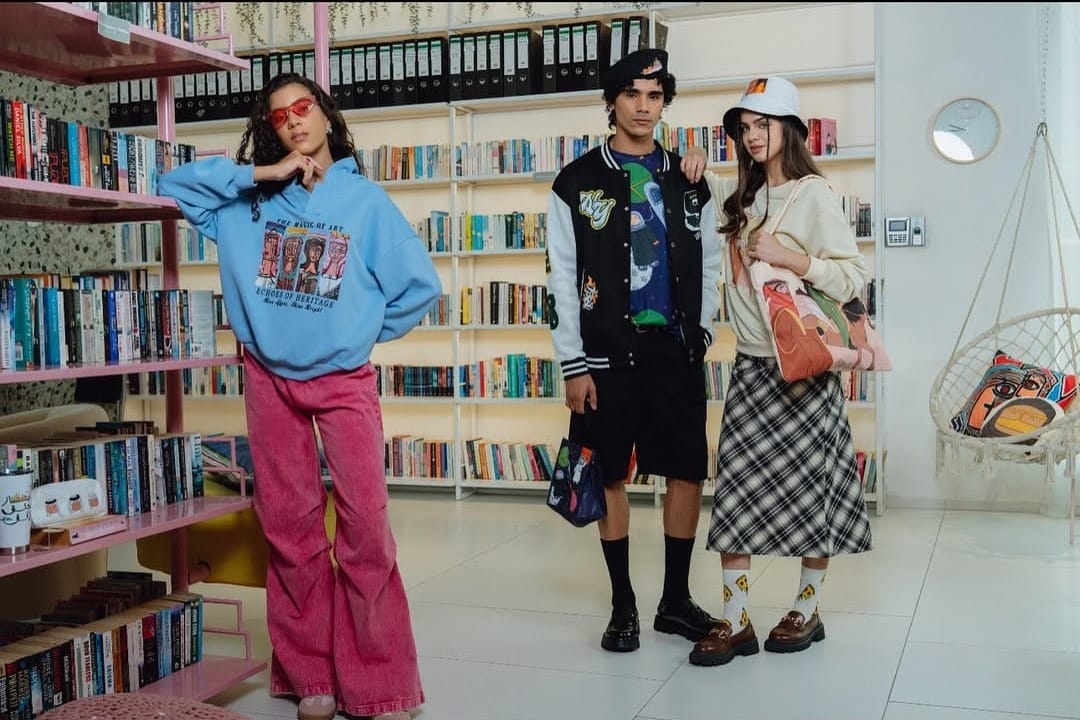
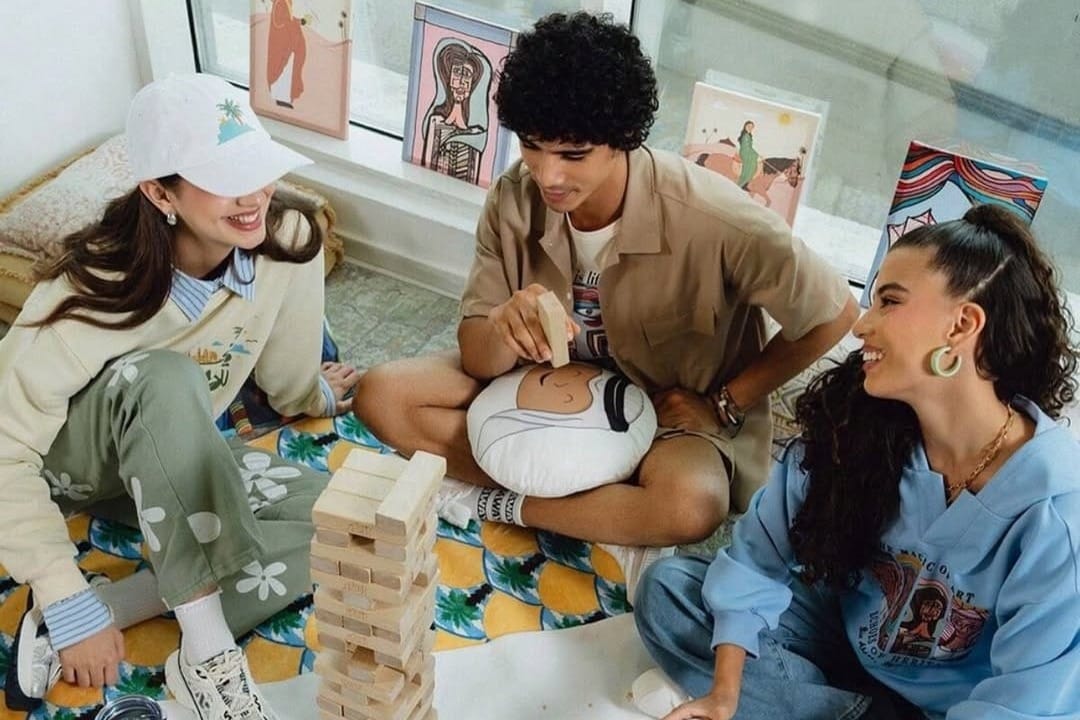
She is unafraid to dream bigger:
“Honestly, I want to put my art on the map, worldwide. I want my paintings to be in Christie’s, Philips, Sotheby’s… I don’t consider it a dream, but a goal.”
Why It Matters
In an era where Saudi art is stepping into global light, Heba Ismail redefines what it means to be a cultural storyteller bridging craft, identity, and technology. Her work captures more than faces, and more than feelings. It offers a model: art as heritage, as innovation, as a force for representation.

